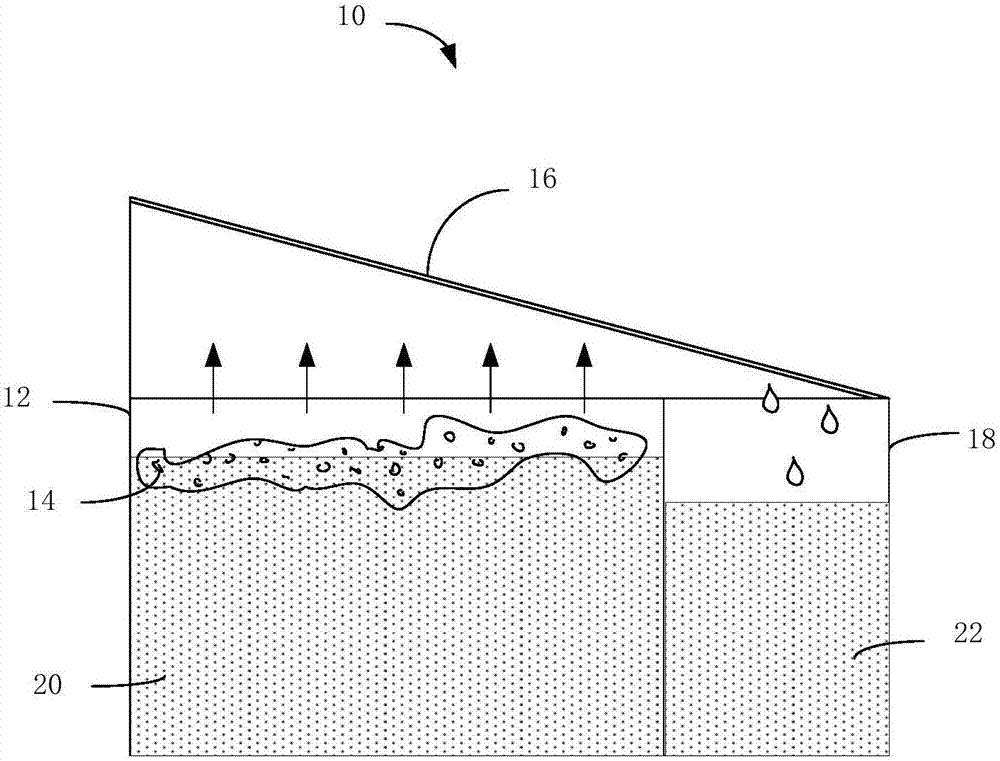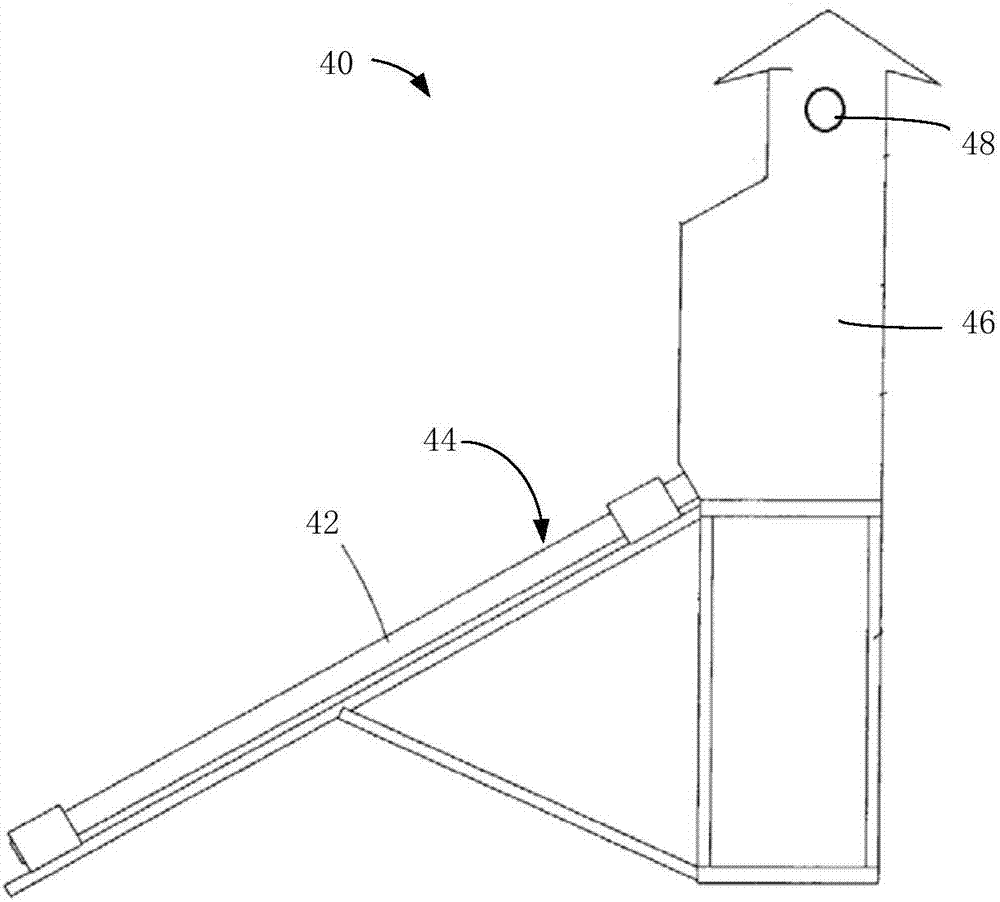Photothermal conversion element and application of polydopamine
A technology for photothermal conversion and polydopamine, which is applied in the field of photoconversion, can solve the problems of low sunlight absorption, low thermal conversion ability, difficult preparation, etc., and achieves the effects of good biocompatibility, low cost of raw materials, and simple preparation.
- Summary
- Abstract
- Description
- Claims
- Application Information
AI Technical Summary
Problems solved by technology
Method used
Image
Examples
Embodiment 1
[0057] Dissolve dopamine hydrochloride and trishydroxymethylaminomethane in water, stir for a period of time, and wait for the aqueous solution to become pure black, soak the absorbent cotton in the black aqueous solution, shake or slowly stir for a period of time, until the absorbent cotton is completely black, and obtain polydopamine compound absorbent cotton. Rinse polydopamine composite absorbent cotton twice with tap water, dry or air dry naturally. By weighing before and after compounding, the mass percentage of polydopamine in the polydopamine composite absorbent cotton is about 1% to 3%.
[0058] see Figure 5 , the polydopamine composite absorbent cotton of embodiment 1 is placed in the irradiation of simulated sunlight, and the light intensity is equivalent to the light intensity of a sun (about 100mW / cm 2 ), and real-time monitoring of the surface temperature with an infrared thermal imager. After 20 seconds of light exposure, the highest temperature on the surfa...
Embodiment 2
[0061] The light-to-heat conversion element was prepared in the same manner as in Example 1, except that the absorbent cotton was replaced with polymer plastic.
[0062] see Figure 7 , the polydopamine composite polymer plastic of Example 2 was placed under simulated sunlight, and the light intensity was equivalent to the light intensity of one sun, and the surface temperature was monitored in real time with an infrared thermal imager. After 20 seconds of light exposure, the highest temperature on the surface of the polydopamine composite absorbent cotton was about 65°C.
PUM
 Login to View More
Login to View More Abstract
Description
Claims
Application Information
 Login to View More
Login to View More - R&D
- Intellectual Property
- Life Sciences
- Materials
- Tech Scout
- Unparalleled Data Quality
- Higher Quality Content
- 60% Fewer Hallucinations
Browse by: Latest US Patents, China's latest patents, Technical Efficacy Thesaurus, Application Domain, Technology Topic, Popular Technical Reports.
© 2025 PatSnap. All rights reserved.Legal|Privacy policy|Modern Slavery Act Transparency Statement|Sitemap|About US| Contact US: help@patsnap.com



